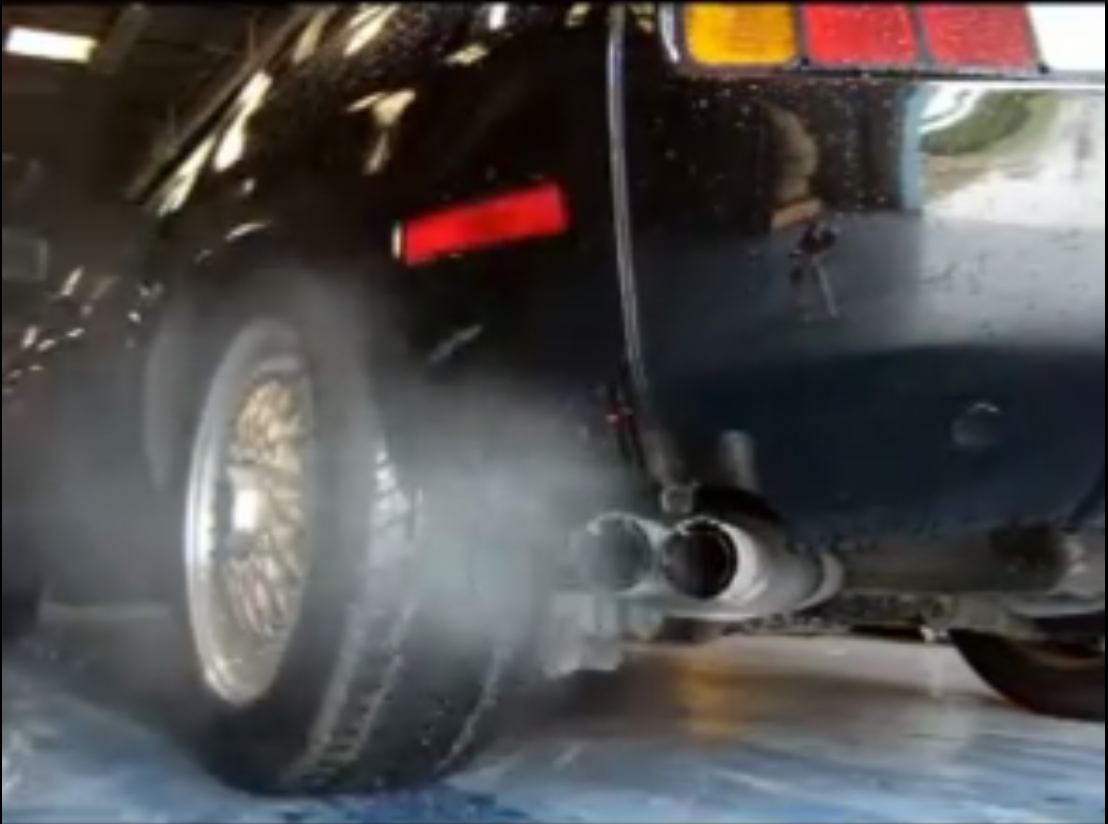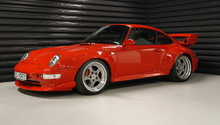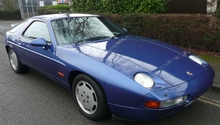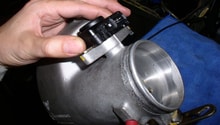Porsche 928: How to Maximize Your MPG
Prius it ain't, but follow these steps and you can still enjoy better MPGs, even from the ravenous 928.
This article applies to the Porsche 928 (1979-1995).
When the 928 was released in 1977, it was many things: a muscular supercoupe, a competent track machine, and a luxurious premier daily driver, sure. A gas-sipping, featherweight econobox? Absolutely not. With a large V8 engine, 219hp (in North America, more elsewhere), and a pricetag well above the range-topping 911, it was clear what - and who - this car was for. However, there are still ways you can eek a few more MPGs out of the old girl, making it more of a pleasure to drive even with today's gas prices. The factory rated the 928 in the mid-to-high teens, depending on the year and trim, but these tips can get you consistently well into the 20 MPG range.

Materials Needed
- None
Step 1 – Coasting to red lights
Many of us look to Formula One for the pinnacle of raw, absolute performance and speed, but fuel efficiency is extremely important to the success of a car in F1 as well. What do the drivers do to make sure they can make it to the end of a race, with newly-strict fuel rules? They coast, of course. Lifting off the gas pedal a second early before a corner will only cost them a very small amount of lap time, but can have huge benefits in fuel economy. You can do the same thing in your 928. Light turned red up the road? No need to keep your foot in it all the way to the last second; simply lift off and let the car coast. You will gently slow down until you approach the light and need the brakes to come to a complete stop. Do this often enough, and see your MPGs spike. You'll save on brake pads, too.

Pro Tip
On far-off red lights that will turn green before you arrive, try to time your throttle release so you never even have to touch the brakes. Just let the car slow enough that you don't blow the red, then continue on your way once it goes green again.
Step 2 – Engine braking
An add-on to Step 1, let's specify the way that you coast toward stops. It might be tempting to push the clutch in and pop the car into neutral, but don't! Fuel injection systems, even the K-Jetronic in the 928, are smart enough to not give you gas when you don't need it. When you let off the gas while you are still moving and in gear, the ECU shuts off the injectors completely. No injectors, no fuel used. If you let the car go back to idle while slowing down, the injectors are still active, giving enough fuel to keep the engine running. Keeping the engine engaged also helps to slow the car down, so again you are saving on brake pads.

Step 3 – Avoid excessive idling, especially when cold
Here's a simple one; If you aren't moving, shut the engine off. Ok, yes, it is important to allow the engine to come up to operating temperature before you are hard on it, but it will come up to temp faster with a little bit of load from normal driving. Furthermore, when the engine is cold, the ECU commands a richer air/fuel mixture to ensure a smooth idle in sub-optimum conditions. Remember the choke on carburated engines? This is the same idea. What this means for us is an even less-efficient condition. So remember: if you're running, get moving.

Pro Tip
Some people take this to extremes and shut the engine off even at stoplights. It might help a little, but make sure your starter motor is in good shape and can handle the extra abuse.
Step 4 – Cruise at lower speeds on the interstate
At the end of the day, fuel mileage is a factor of a finite number of things. A lot of these are fixed, such as the displacement of the engine and drivetrain loss. A few are in our hands though, such as speed and RPM. If you are in top gear cruising at 70 MPH, that puts a (more or less) fixed amount of load on the engine which requires you to step on the gas a certain amount. Let off the gas a little and reduce that to 60 MPH, and a few things happen. That change in throttle position tells the injectors to spray less fuel per combustion stroke, saving gas. Aerodynamics also come into play; going slower means less drag, which in turn means greater efficiency. Furthermore, the lower the RPM, the less often each injector sprays, boosting your MPG even more.

Related Discussions
- 5 Speed Mileage Gains - Rennlist.com
- What Kind of Fuel Mileage Does Your 928 Get? - Rennlist.com






